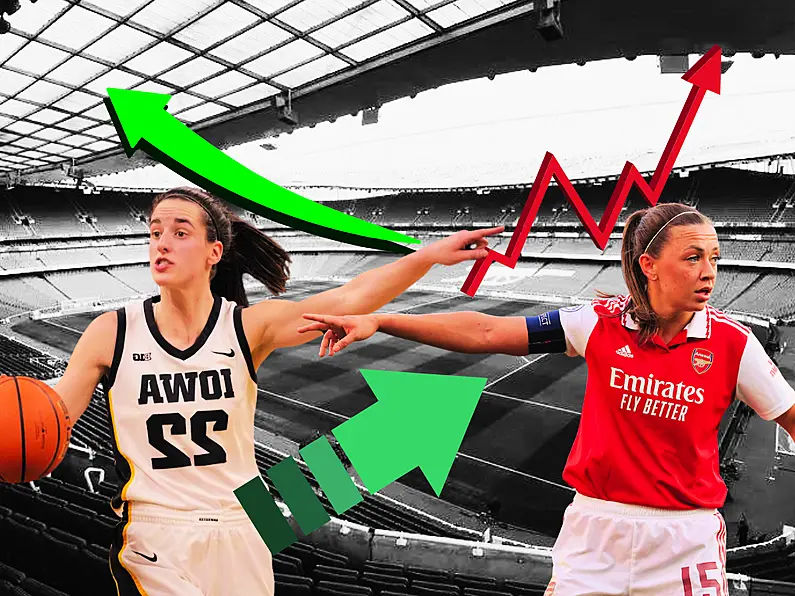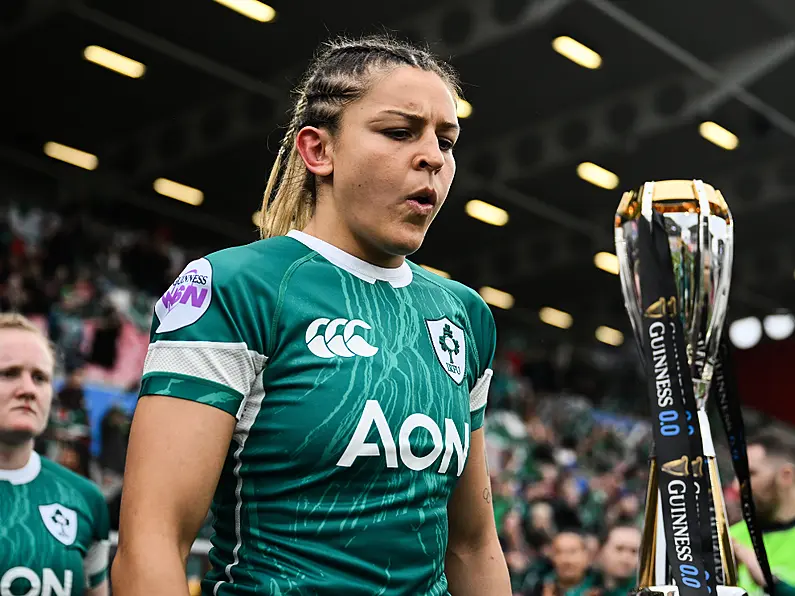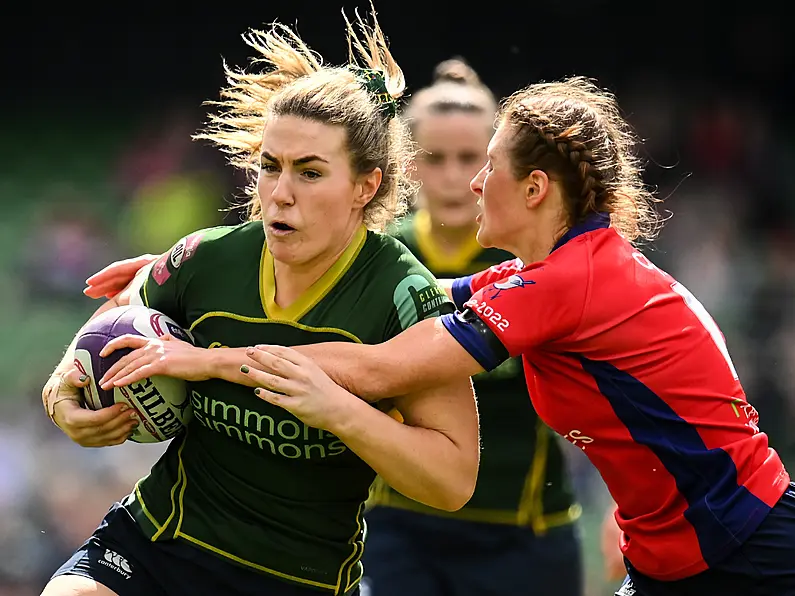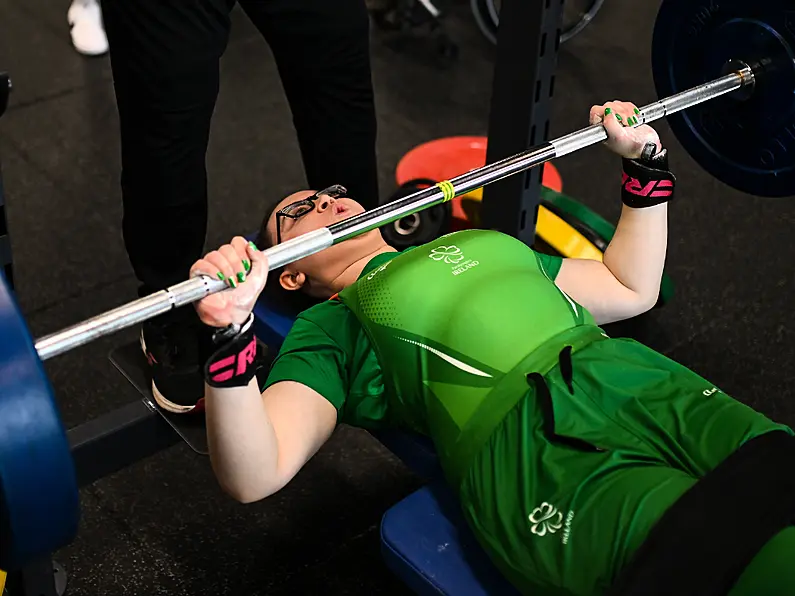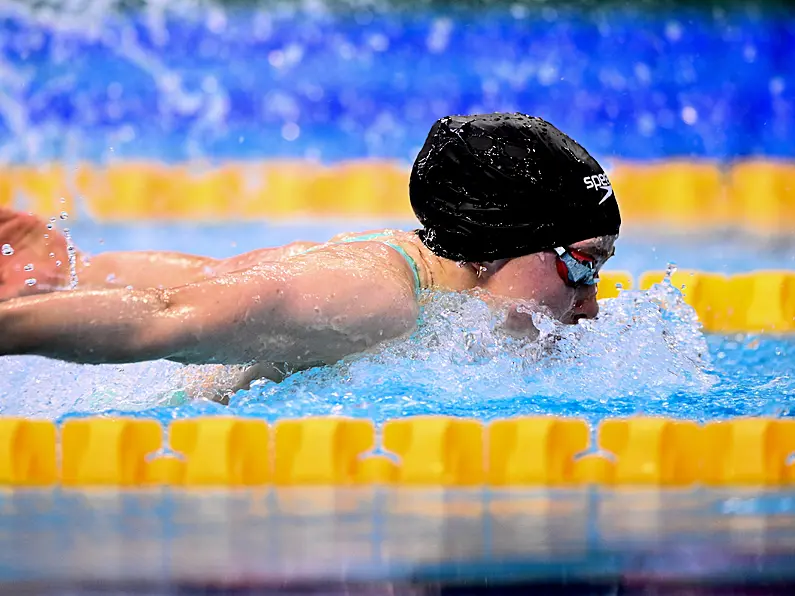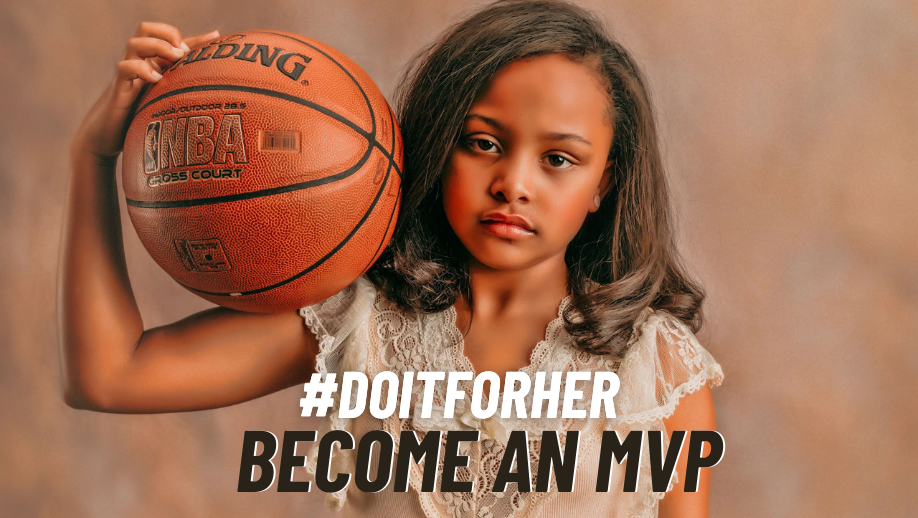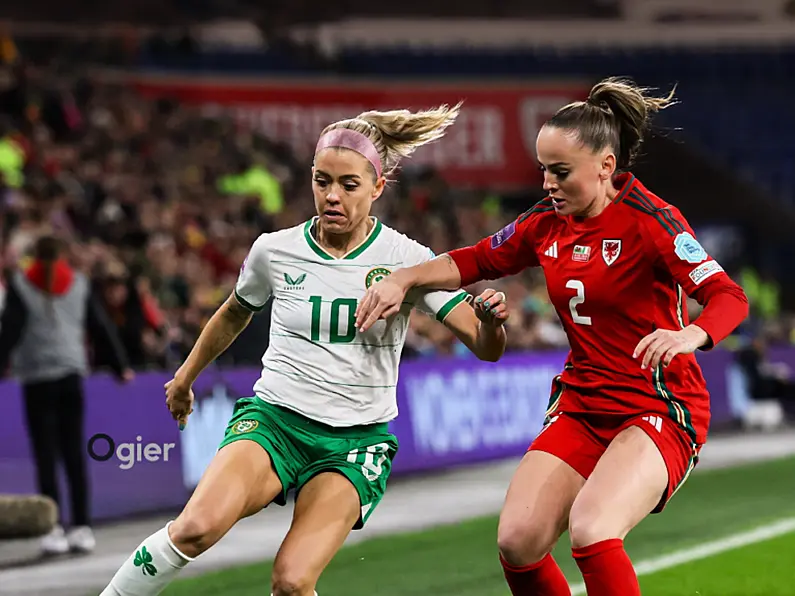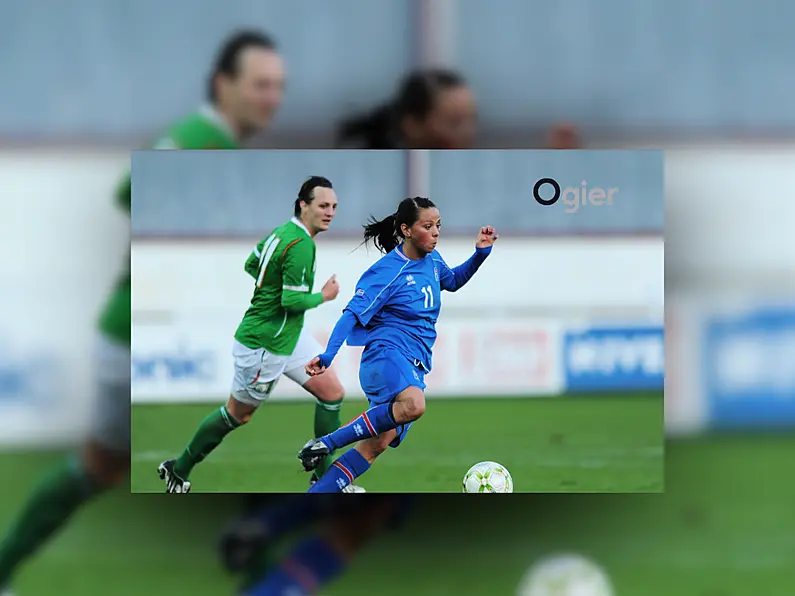There are numerous trends in women’s sport right now causing female athletes to grip the internet and catapult their stock to rise year on year.
As attention around them continues to skyrocket, so too does the need for funding to match, and as Parity and Goals Sports say in the promotion of their ‘2024 Women’s Sports Trends Report’ - “While the best day to invest in women’s sports was yesterday, the second best day is today.”
Here are six trends in women’s sport right now, as outlined in their research, that might point towards why it’s time for your company to join in on the action.
1.Significant return on investment
While men’s sport no doubt continues to experience success in its own right, there’s no argument that proportionally, it’s a better investment opportunity to get involved in women’s sport, which is far from its saturation point.
As Parity describes, it’s “primed for growth & expansion”, especially considering the entry points and later investment crossroads will come at a cheaper price than the male equivalent, with more of an impact.
Simply put, women’s sport will give you more bang for your buck.
The report outlines an example where the NWSL’s San Diego Wave fronted $2 million to kickstart the team back in 2022, and went on to sell it for $113 million just a few months ago.
This side of the pond, similar case studies can be observed.
You just have to look at some of the major sponsorship deals in Ireland in recent years to see that for yourself.
Be it Sky’s sponsorship of the Women’s National Football Team, or KPMG’s continued involvement with the likes of athletics’ Rhasidat Adeleke, horse riding’s Rachael Blackmore, golf’s Leona Maguire and co, there has to be a reason these big corporate companies see potential in backing these athletes.
Another example of how that proof is in the pudding is with Arsenal’s women’s team in WSL, who, when mixed in with the average attendances of men’s Premier League teams, would place 11th in the table overall.
With 11 sell outs at the Emirates Stadium last season, they average an attendance of 32,643 fans, propelling a move to that venue as their main one come next season, which an entity like Arsenal wouldn't obviously do unless it was commercially viable.
2. Trends in women’s sport - Bespoke merchandise, flagship opportunities
As previously put forward by Sport Innovation Lab’s Fan Project, “Fans of Women’s Sports also want to Own a piece of the action and demonstrate their fandom through what they wear and buy.”
Just recently, basketball’s Caitlin Clark announced that she would be releasing a signature shoe, and a signature ball.
The shoe, which comes about as part of the $28 million deal she signed with Nike, has echoes of superstars of the past like Lebron James, Kevin Durant and more, which is perhaps testament to both her value as a endorsement asset, and her status within the game.
Her dedicated ball, with Wilson, is within the same category, with the two sponsors again solidifying the premium return these world renowned brands will have projected on their investment.
3. Trends in women’s sport - Impact and affinity
Another one of the trends in women’s sport depicts how whatever brands might put in, they’ll draw dividends not only on a monetary front but in relationship fashion too.
Women’s sports fans tend to support brands who support their favourite teams and players, especially considering, as Parity says, these companies “have a unique opportunity to step in and change the trajectory of the industry for the better.”
This is also once again outlined in The Fan Project, which even goes as far as to say that “ Fans of Women’s Sports are loyal to brands who invest in this space at much higher rates than general sports fans.”
Working hand in hand with the the first two trends listed above, it once again demonstrates why investing in women’s sport may be a cost-effective and high yield investment.
Parity touches on examples like financial services company Ally’s push to get the NWSL into prime time slots or Google’s commitment to improving their keyword search engine around women’s sport, but once again there are examples closer to home too.
For instance, it has been marked out on multiple occasions that Sky’s sponsorship of the WNT continues to increase their rapport amongst the general Irish public.
Last summer, there were numerous reports of fans looking to buy the women’s jersey, which, at the time, differed to the men’s jersey, only in that it displayed the Sky logo.
As such, even if anecdotally, it showcases that if given the choice, women’s sports fans would rather proudly display the emblem of the sponsor who supports the team they support, rather than not.
4.The chance to trailblaze/The prospect of ‘doing better’
Even at this stage, investing in women’s sport would still put you ahead of the pack.
Doing so would also still amount in harmony from the growing clientele base, as does the emergence of new, first of their kind businesses, which continue to pop up to fill the void of pockets that are materialising in the world of ever evolving trends in women’s sport.
From media outlets who focus on catering to that fanbase (like ourselves!), from dedicated women’s sport bars and merchandise outlets and more, it’s a fledging space, with plenty of lucrative opportunities on offer.
Getting involved also presents a chance to get ahead of the phrase to ‘do better’, and instead companies could push for continued improvements within women’s sport without being jolted to by what Parity have dubbed “whistleblowing dynamics.”
There they describe how, seeing as “social media has become a catalyst for change in women's sports”, it has “provided the industry with an incredibly effective way to uncover inequities in sports that previous generations haven’t had at their disposal.”
Correcting those inequalities puts forward an almost instant virality status, and examining March Madness’s growth since the storm that accompanied their less than impressive weight room photos back in 2021 is very much proof of that.
5.Sports betting
Parity’s report also talks about how sports betting is perhaps an untapped market and could possibly serve as one of the trends in women’s sport in years to come.
As eyes on it continue to surge, they explain that “fans are inevitably going to look to sports betting as a heighted way to engage with their favourite teams, leagues and athletes”, which they outline will “not only enhance the fan experience, but it will also contribute to the overall commercial viability of women's sports leagues and events.”
6. Dedicated Facilities for a dedicated fanbase
Another one of the trends in women’s sport has been a move to increased studies in relation to their health and fitness, as well as more dedicated facilities to aid their progression.
This could come in the form of stadiums, such as the aforementioned move of Arsenal women from Borehamwood to the Emirates Stadium as their main home, or even just improved training grounds and gyms, but either way both would certainly be fruitful investments.
Why? Because they’re long term infrastructural moves, which would ensure the continued boom of women’s sport, well into the future.
As Parity point out to innovators, businesses, brands, investors, and leaders, those that “centre the well-being of women athletes will undoubtedly find that when it comes to women’s sports, doing what is right lives alongside what is profitable.”
